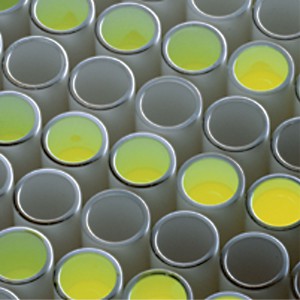Updated 02/12/2021
Previously, we described some of the advantages of using dual-reporter assays (such as the Dual-Luciferase®, Dual-Glo® Luciferase and the Nano-Glo® Dual-Luciferase® Systems). Another post describes how to choose the best dual-reporter assay for your experiments. For an overview of luciferase-based reporter gene assays, see this short video:
These assays are relatively easy to understand in principle. Use a primary and secondary reporter vector transiently transfected into your favorite mammalian cell line. The primary reporter is commonly used as a marker for a gene, promoter, or response element of interest. The secondary reporter drives a steady level of expression of a different marker. We can use that second marker to normalize the changes in expression of the primary under the assumption that the secondary marker is unaffected by what is being experimentally manipulated.
While there are many advantages to dual-reporter assays, they require careful planning to avoid common pitfalls. Here’s what you can do to avoid repeating some of the common mistakes we see with new users:
Continue reading “Tips for Successful Dual-Reporter Assays”

